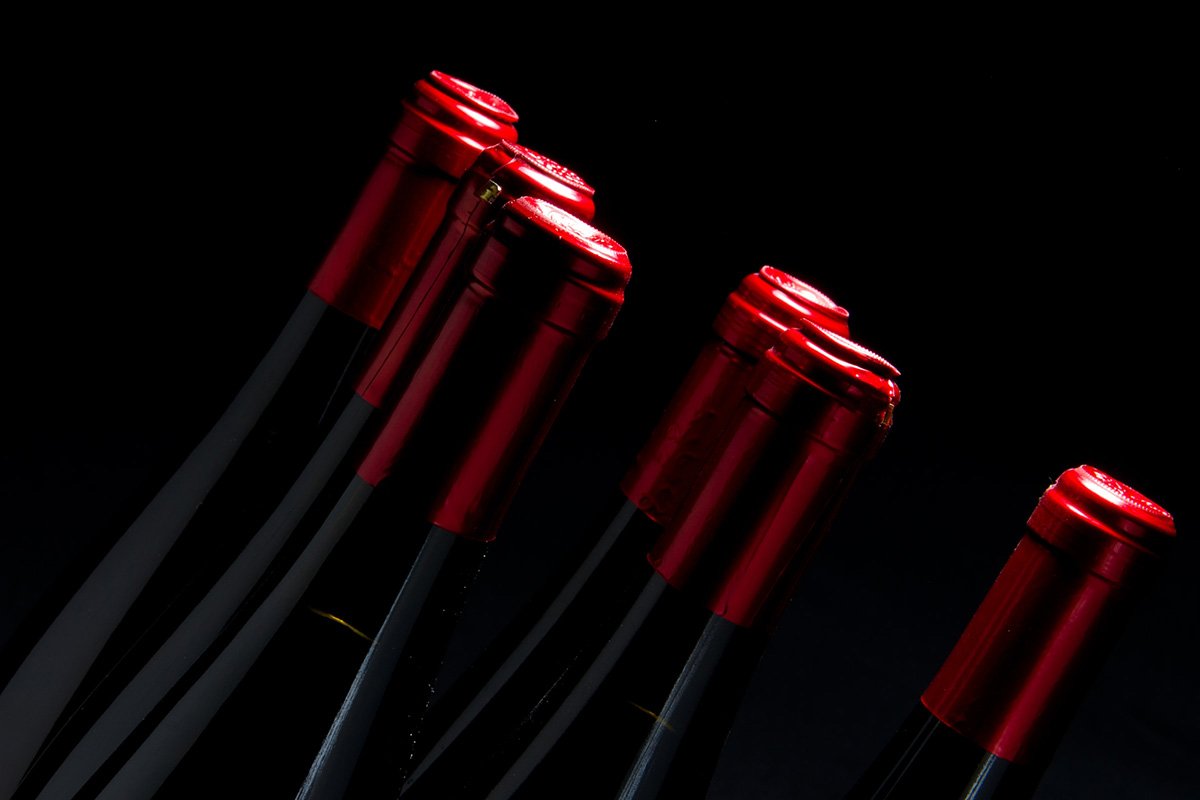Wine Lists, Digitization, QR Codes, and the Future of Selling Wine
There are several ways a wine list can be configured to create a stellar dining experience. It can be categorized in terms of varietal or region. There can be separate sections for Old World and New World. In each category the wines can be sorted in terms of price or overall intensity. And so on. There are undeniable pros and cons to each of those approaches, and at any given restaurant, the operator must settle with one version they see as superior. Or do they?
Designing a printed wine list that pleases everyone - from the novice to the wine enthusiast to the expert - is a gargantuan task. Most printed wine lists are designed to relate to one group over the other, leaving a portion of patrons confused, intimidated, or downright disappointed.
Thanks to software and mobile technology, restaurant operators no longer have to settle for a “one size fits all” approach to their wine lists. Instead, they can finally have their dream of presenting a unique and personalized list to each and every guest.
My Wine Guide® is a new, software-based service that takes advantage of technology to offer a solution to this problem. It reads and digitizes the wine list but does a lot more than just that. It creates a taste profile of the guest and provides a unique and personalized version of the wine menu appropriate for every level of wine drinker from aspiring millennial to aficionado. It provides food and wine pairings, and wine education for every wine on the wine list.
Using this approach, every patron gets access to a wine list that is tailored to their unique taste profile. Guests that are new to the world of wine can browse confidently and let the algorithm perform its magic. They will have the choice to go with an old favorite or a “discovery wine” - perhaps from a lesser known region - feeling confident that they will be pleased with their choice thanks to the data-driven recommendations. Experienced wine drinkers can skip the “crowd pleasers” and more mainstream choices, and head straight to the section of the list intended for more advanced wine drinkers.
From a business perspective, every wine will finally be on the same footing. There will no longer be a “hard to sell” section of the inventory that is there just for the occasional adventurous guest. Digitized wine lists allow food and wine pairing to be an integral part of the dining experience like never before, with each guest receiving unique pairing recommendations for each and every dish, from appetizers to desserts. Restaurants can feature and promote certain wines with highlighted pairings. And before a guest arrives, restaurants can give their wine list a strong online presence and showcase their wine selection to potential patrons like never before.
This is not your all too familiar QR Code experience with the simple wine list PDF, or a similar digital regurgitation behind it. Don’t fault the QR Code. It is the experience behind the QR Code that matters. And nor is this an either or situation. A QR code, with the My Wine Guide experience behind it can fully co-exist with any printed wine list. It will only take up a tiny amount of space to add it to any printed list - typically as part of the header. Patrons who prefer the old school approach can browse the printed version and make their own choices. For more tech-savvy guests (Millennial and Gen X) looking for data driven personalized recommendations, food and wine pairings and wine education, the digitized wine list is just a quick scan away. In an increasingly digital world, where consumers are more and more likely to seek guaranteed satisfaction through data and technology, the latter approach seems to be the future of selling and serving wine.
Adrien Hafezi
My Wine Guide Director of Business Development

